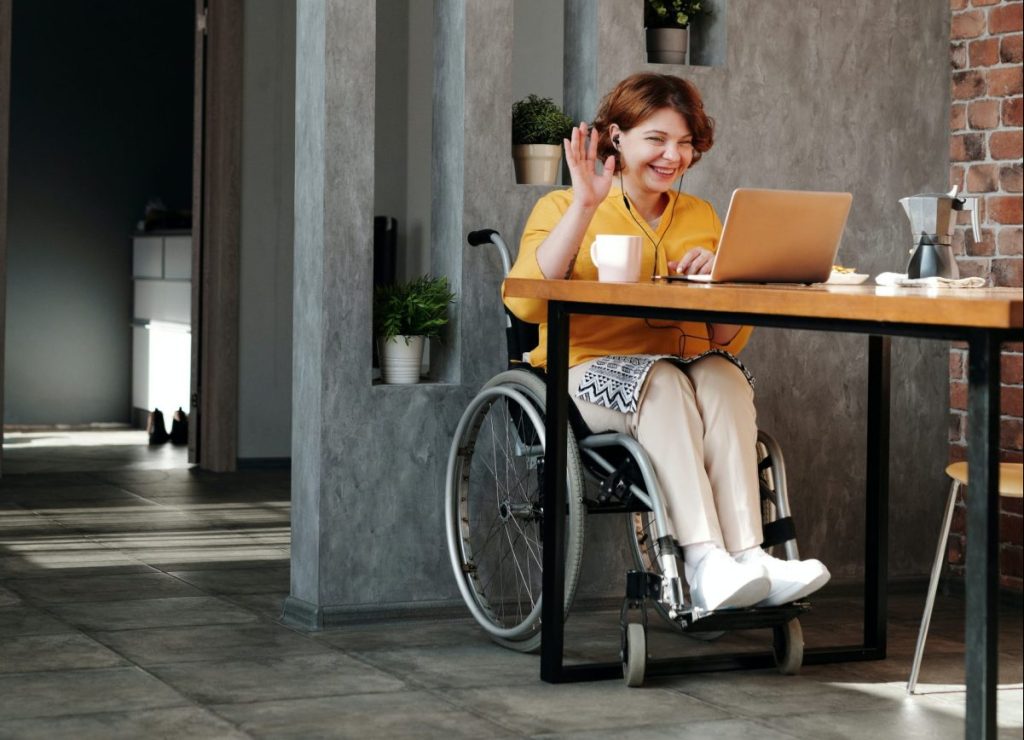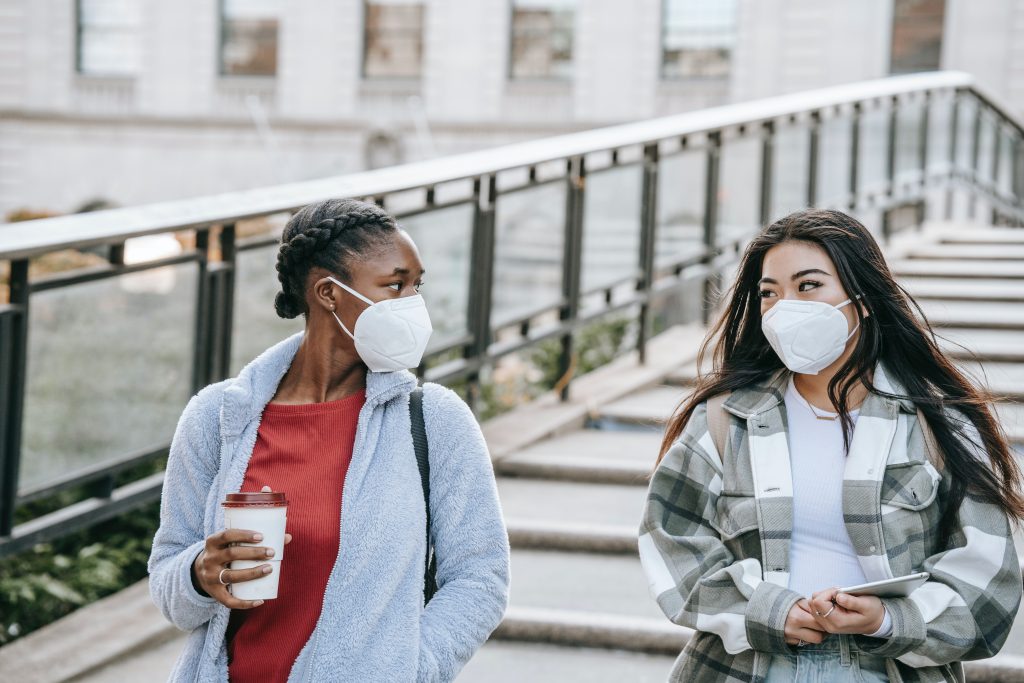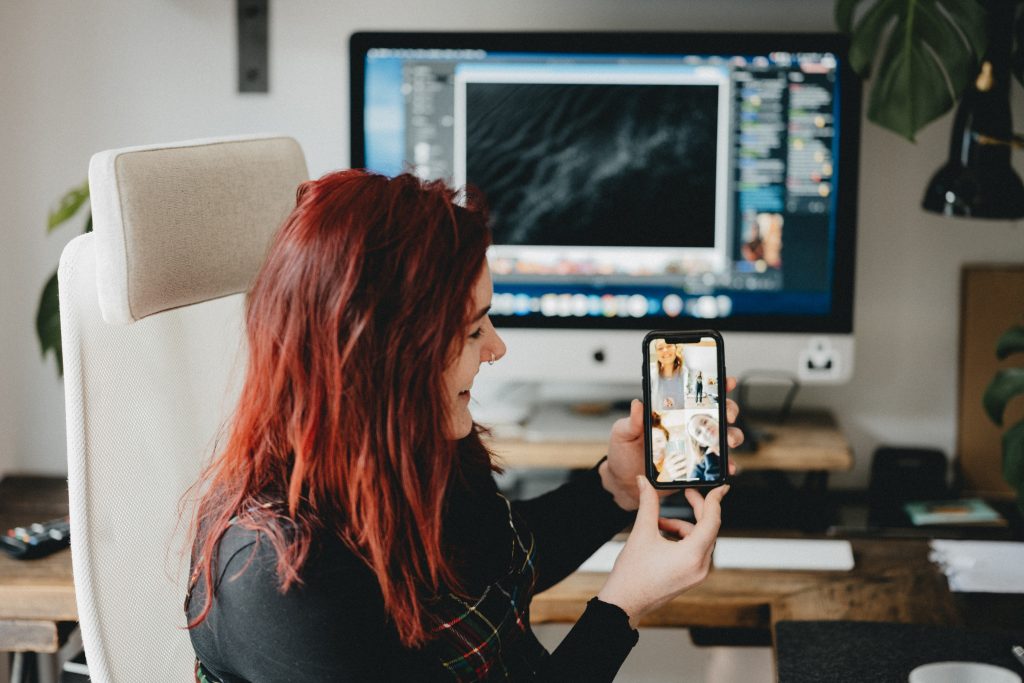May is Mental Health Awareness Month, and I’ve been loving seeing all of the honest conversations about mental health happening all around the internet this month! I’ve seen so many frank conversations about how cancer has changed patients’ mental health (for worse and for better!), and it’s helped me so much in feeling less alone as I share so many of those mental health experiences. One thing that I wish was talked about more, though, is mental health as a supporter of someone with cancer. Taking care of your own mental health should always be a top priority. You can’t pour from an empty cup, right? I wanted to share some ideas for how to put yourself first.
Schedule in some “me time”
Think about what really helps you recharge. Is it a walk around the neighborhood? A good sweat session at the gym? A relaxing bath? Maybe it’s just laying in your bed doing nothing. Whatever it is, schedule it in. Physically put it on your calendar to ensure that you don’t blow it off – it can be so easy to treat things like this as a “nice to have” if you have the time, but recharging your batteries is incredibly necessary. By scheduling in time for yourself, you ensure that you prioritize it as important as it actually is.
Talk to Friends
There are probably things that your friend with cancer will say to you that can make you anxious and stressed. Cancer is really anxiety-inducing, as is watching someone you love go through it. As I talked about in my Ring Theory blog, you obviously can’t talk to the patient or their close family about the anxiety you feel, but I bet that there are others in your life (or even in their life!) who share those same struggles and would love to talk about it with someone who gets it. Talk to friends who are farther removed from the patient than you are, and you may be surprised by what a load this takes off of your shoulders!
Therapy
This one goes along with the last one, and it probably seems obvious, but this is often the first thing to go when life gets busy. It gets seen as a luxury so often, but sometimes you need a non-judgmental person to talk to about all of this! Being a supporter of a cancer patient is HARD, and often there are thoughts you have about cancer or being a supporter that many would think you were a monster for saying. Honestly, we’ve ALL had those thoughts, and they’re 100% valid in the right setting. Talking through them with a therapist can be so helpful to clear your head and help you work through the trauma of your friend or family member having cancer.
Mindfulness or Meditation
I know that this one isn’t for everyone, but hear me out here. I was a skeptic too, but my work recently gifted all of us a year subscription to the Calm app, and I decided to give it a try. Things like a quick body scan or breathing exercises were such a great way for me to get a very quick moment of calm and me time when I have a few free minutes in my day. I’ve found that since starting to use the app and make it a point to be more mindful in my everyday life, my anxiety has gotten so much better, and I feel overall calmer.
All of these are mere suggestions, and the most important thing is that you prioritize your own mental health in whatever way works for you. It may feel like you’re taking time away from the patient you support by focusing on yourself, but I promise you, we understand, and we want you to be able to keep living your life and taking care of yourself. We understand that cancer affects not just us but everyone around us, and we want everyone to care for their own mental health. So let go of the guilt (easier said than done, I know), and start taking some time to take care of yourself. I promise you and the person you’re supporting will feel better if you do.





